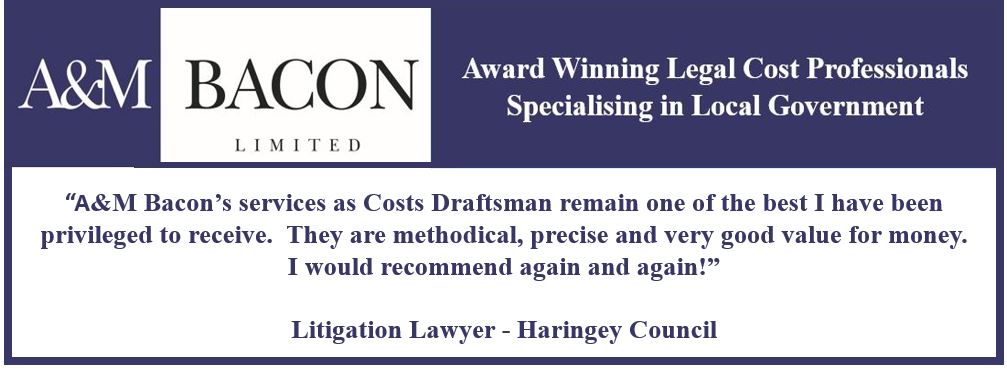Safe as houses
Ministers have promised to beef up the role of the Health & Safety Executive in relation to local authorities, following publication of the Lofstedt report into health and safety. Andrew Hopkin analyses the report's proposals for change.
For many years now the media has reported examples of what is perceived to be “health and safety gone mad”. Events being cancelled and playground activities curtailed has generated a sense that employers are overburdened with unnecessary and unworkable health and safety regulation.
The Coalition Government appointed Lord Young to undertake a review of the operation of health and safety laws and the perceived growth of a compensation culture. In October 2010 he published his report Common Sense and Common Safety. He made a number of recommendations which ranged from reducing the burden on low hazard workplaces to requiring local authority officials who ban events on health and safety grounds to put their reasons in writing.
Lord Young’s report has recently been supplemented by a further report from Professor Lofstedt who was tasked with looking into the scope for reducing the burden of health and safety regulation. The Lofstedt report has just been published and makes further specific recommendations.
Importantly it should be noted that the Lofstedt report does not propose wholesale change of legislation. Indeed its introduction observes that in general any burden of regulation perceived by employers is often the result of the way in which the law is interpreted and applied rather than with the legislation itself.
Despite this the report has made some specific proposals for change, recognising that certain factors cause some to go beyond what is required by the regulations and that focus has improperly shifted to the potentially negative outcomes that might arise from activities undertaken in the workplace rather than on the likelihood of something in fact happening.
The Lofstedt Report has made a number of proposals which include:
Proposals to Change Legislation
- Enforcement: Currently health and safety legislation is enforced in some premises by the Health and Safety Executive and in others by local authorities. The Report identified inconsistencies in implementation and an artificial barrier to efficient targeting of enforcement activity. In the circumstances the report recommends that legislation is changed to give the HSE the authority to direct all local authority health and safety inspection enforcement activity.
- Revocation or amendment of regulations: The Report recommends that specific regulations be revoked entirely, e.g. The Notification of Tower Cranes Regulations 2010. It also recommends that some regulations should be amended or clarified including the Construction Design and Management Regulations 2007, the Reporting of Injuries Diseases and Dangerous Occurrences Regulations 1995 and the Work at Height Regulations 2005. The Report invites the HSE to complete an evaluation of the CDM Regulations by April 2012 and in the case of the RIDDOR Regulations and Work at Height Regulations by April 2013.
- Exemption of self employed from health and safety law: The Report proposes a change in the law to exempt from health and safety Law those self employed people whose work activities pose no potential risk or harm to others. The Report refers to self employed persons as “those who do not have any employees”. Further guidance will be required as to what amounts to activities that pose no potential risk of harm to others.
Examination and Review of existing Guidance and Regulation
- Consolidation of Regulation: The Report identified over two hundred regulations and indicated that consolidation of some of the regulations was required. The HSE is to undertake a programme of sector specific consolidations to be completed by April 2015.
- Review of Approved Codes of Practice: The Report highlighted the need to ensure the regulations addressed real risks, not trivial ones. It identified a need to clarify what the regulations require and felt that improved guidance would assist. The Report recommends that the HSE should review all its Approved Codes of Practice and that the initial phase of a review should be completed by June 2012 so businesses are certain about what is planned and when changes can be anticipated.
- Strict Liability: the Report recognises that a number of regulations impose a strict liability upon employers making them legally responsible for their acts or omissions regardless of their culpability. The Report recommends that such regulations should be reviewed and either qualified or amended to prevent civil liability from attaching.
Practical implications for local authorities
The most obvious impact for local authorities will be in connection with their current enforcement role. Any change in legislation should be supplemented by new guidance about how inspection and enforcement currently undertaken by local authorities will be directed by HSE. The Government response to the Lofstedt Report notes that with a view to a more consistent and proportionate approach to enforcement HSE will work with local government and business to develop a shared national code that is binding and enforceable.
In addition local authorities will want to keep a keen eye on those parts of the recommendations that might have an impact upon their day to day activities. In particular any changes to the Work at Height Regulations 2005 and Construction Design and Management Regulations 2007 would be likely to have consequences for local authorities. Likewise the Report recognises the need for further clear guidance from HSE so that the limits and scope of the changes are clear.
Andrew Hopkin is a partner and head of the health and safety team at law firm Browne Jacobson.



